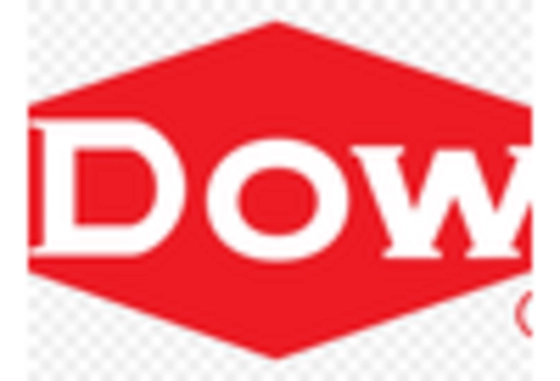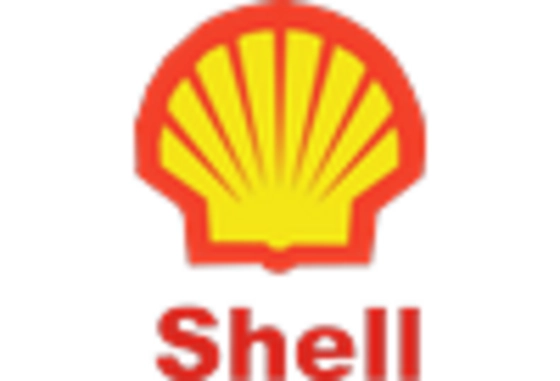Expansion of Renewable Energy Sector
The Thermic Fluid Market is poised for growth as the renewable energy sector expands. With a rising emphasis on sustainable energy sources, thermic fluids play a crucial role in solar thermal applications, where they are utilized to transfer heat from solar collectors to energy storage systems. The increasing installation of solar thermal plants is expected to drive demand for high-performance thermic fluids, which can operate efficiently at elevated temperatures. In 2025, the market for thermic fluids in renewable energy applications is anticipated to witness a significant increase, reflecting the global shift towards cleaner energy solutions. This trend not only supports environmental goals but also presents opportunities for manufacturers to innovate and provide specialized thermic fluids that enhance the efficiency and reliability of renewable energy systems.
Growth in Food and Beverage Industry
The Thermic Fluid Market is significantly influenced by the growth of the food and beverage sector. As this industry continues to expand, the demand for thermic fluids for processes such as pasteurization, sterilization, and cooking increases. In 2025, the food and beverage segment is projected to represent a considerable portion of the thermic fluid market, driven by the need for precise temperature control to ensure product quality and safety. The use of thermic fluids allows for uniform heating, which is essential in food processing applications. Additionally, the trend towards automation in food production further enhances the need for reliable thermic fluid systems. This growth presents opportunities for manufacturers to develop innovative thermic fluid solutions that cater specifically to the unique requirements of the food and beverage industry.
Rising Demand in Chemical Processing
The Thermic Fluid Market experiences a notable surge in demand due to the expanding chemical processing sector. As industries increasingly rely on thermic fluids for efficient heat transfer in various applications, the market is projected to grow significantly. In 2025, the chemical processing segment is expected to account for a substantial share of the thermic fluid market, driven by the need for precise temperature control in processes such as distillation and reaction. This trend indicates a shift towards more efficient and sustainable practices, as companies seek to optimize their operations. The increasing complexity of chemical processes necessitates the use of specialized thermic fluids, further propelling market growth. As a result, manufacturers are likely to innovate and develop advanced thermic fluid solutions tailored to meet the specific needs of the chemical processing industry.
Increasing Focus on Energy Efficiency
The Thermic Fluid Market is significantly impacted by the increasing focus on energy efficiency across various sectors. As industries strive to reduce operational costs and minimize environmental impact, the demand for thermic fluids that enhance energy efficiency is on the rise. In 2025, the market is expected to reflect this trend, with a growing preference for thermic fluids that can operate effectively at lower temperatures while maintaining performance. This shift not only supports sustainability initiatives but also aligns with regulatory requirements aimed at reducing energy consumption. The emphasis on energy-efficient solutions is likely to drive innovation in thermic fluid formulations, leading to the development of products that meet the evolving needs of industries. Consequently, manufacturers are expected to invest in research and development to create thermic fluids that contribute to energy savings and operational efficiency.
Technological Innovations in Heat Transfer Solutions
The Thermic Fluid Market is witnessing a wave of technological innovations that enhance heat transfer solutions. Advancements in thermic fluid formulations and properties are enabling more efficient heat transfer, which is crucial for various industrial applications. In 2025, the market is likely to benefit from the introduction of new thermic fluid products that offer improved thermal stability and lower viscosity, thereby enhancing performance. These innovations are particularly relevant in sectors such as manufacturing and energy, where efficient heat management is essential. Furthermore, the integration of smart technologies in thermic fluid systems may lead to better monitoring and control, optimizing operational efficiency. As industries increasingly prioritize energy efficiency and sustainability, the demand for technologically advanced thermic fluids is expected to rise, driving market growth.

















Leave a Comment